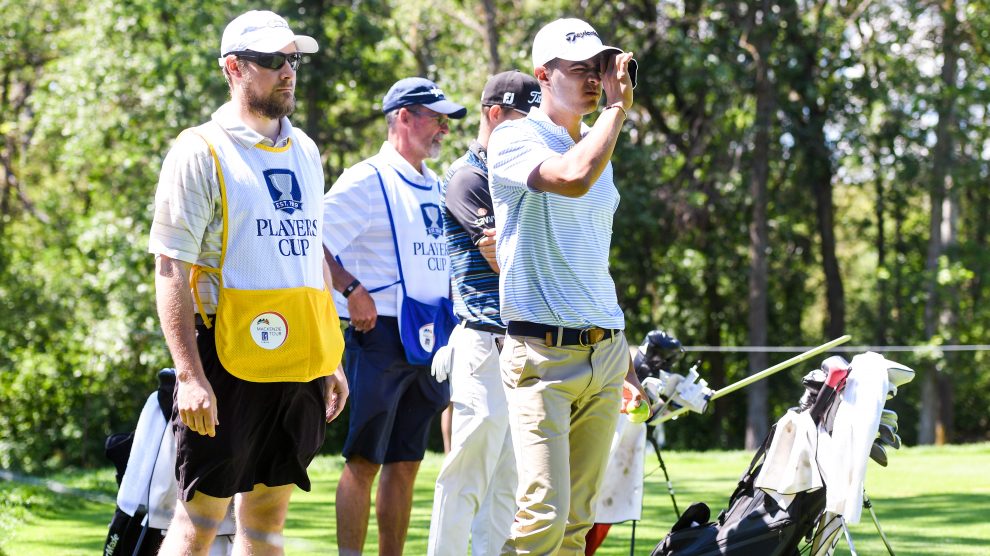The Players Cup on the Mackenzie Tour PGA Tour Canada marked the second of four test events for the use of laser rangefinders in regulation play. The tour is conducting these test events to evaluate the effect it has on pace of play and to gauge player reaction.
The PGA Tour is looking to answer some questions. Will it speed up pace of play? What percentage of players will use the device? How will it affect scoring? All these need to be answered before the PGA Tour will even think of bringing it to the main tour.
Talking to several people, the initial trial event on the Mackenzie Tour PGA Tour Canada didn't really see a decrease in the time it took to complete a round. That piqued my interest even more. Why wouldn't times decrease and play speed up?
From experience, my 17 years caddying at The Players Cup have showed me there are several outlying factors that can slow a tournament round.
- The larger the field, the longer the round will take, especially if there is a crossover delay between the groups teeing off on Nos. 1 and 10.
- If a ruling is needed, expect a wait of 4-5 minutes, and that only is if a rules official is close by and no secondary issues arise.
- Thick rough, tricked out pins and slippery greens don't speed up the place of play at all.
- The weather, especially high winds and rain, can wreak havoc to the time it takes to play a shot.
Well, then what's the point to even thinking about using distance-measuring devices if the round is going to be slow anyways?
I volunteer to caddie in this event every year, so I deliberately set aside the five days to observe the impact of distance-measuring devices.
Normally, before the tournament starts, the players and their caddies mark their yardage books with all sprinkler heads and other objects that they can use to help find the distance to the pin and any points of interest, such as bunkers and hazards.
During the tournament, what transpires before a shot is the caddie will find the mark on the course, usually a sprinkler head, and walk off the distance to/from the ball. After that, the distance to the flag is calculated by comparing it to the pin sheet and yardage book. Generally speaking, this process will take anywhere from 30-90 seconds, provided the golfer is in position and there are yardage markers in the general vicinity. What usually complicates things is when a player hits an errant shot or there aren't any close spots from which to gauge the distance.
My four trips around the course in two days showed me the benefits of using a laser rangefinder are more than just helping speed up play. The shot process involved the player lasering the target (usually the flag), consulting their yardage book, testing atmospheric conditions and then executing the shot. The extra time to calculate distance and ensure its accuracy was gone. Not once did I see a player walk off yardage or search to find the nearest sprinkler head. The flow of the round was substantially better and allowed the player to focus more on their routine and what shot they were going to hit.
For me, it's a clear-cut no-brainer: Allow players to freely use rangefinders during tournament play. Is it cheating? No. The yardage is the same, only the method to collect the information is different. And faster. I sincerely hope the PGA Tour allows this technology to be used by their players sooner then later and embrace something amateur tournament players have come to take for granted.

